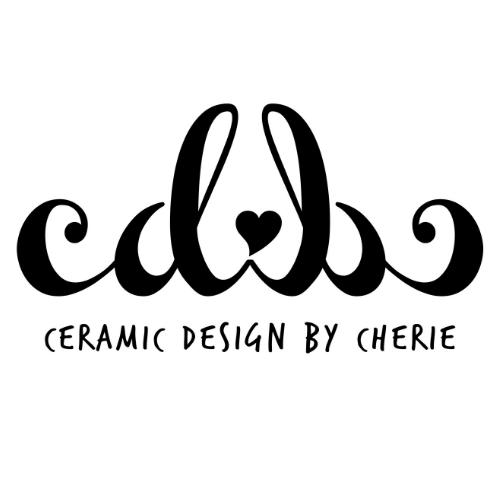
My stoneware ceramics are primarily thrown on my potter’s wheel, but I also enjoy hand building — using slab, pinching, and coiling methods. I personally prepare my slips and glazes following established recipes published in ceramic books. Oxides provide the earth tones of my glazes. Lately, a favorite glaze resource is Linda Bloomfield’s, Colour in Glazes. I have a curious approach, manipulating clay, oxides, and glazes to encourage unique ceramic surfaces. All of my clay work is twice-fired in my electric kiln to complete — vitrifying clay and glazes into beautiful, useful ceramic treasures.
With having a small studio, I have learned nifty ways to store essential tools and supplies. I also enjoy discovering new ways to creatively use my familiar materials. I reclaim my clay trimmings and scraps for making new pottery, reuse packing materials, and strive to minimize my water and electrical usage.
I work in small series and make varying sizes to maximize use of my available kiln space — fitting smaller pieces into the empty spaces left by larger pieces. When studio shelves are full, I have a kiln-full. I bisque-fire work, and then glaze. Glazes are layered and brushed on pieces individually. Glazed work is fired a second time to approximately 2232°F (1220°C) to complete. At this temperature, my hot kiln glows a bright yellow-orange!
After a day of cooling, I peek into my kiln, anxious to see how the firing has treated my surfaces, Clay and glazes uniquely react in every firing. When the kiln is cool to touch, I slowly lift the lid. My before powdery-glazed surfaces now have a sheen. Nature-inspired hues draw my eye to impressed, carved, and clay details. I’m always surprised by beautiful and unexpected results. Each piece I create teaches me something new, and each firing encourages me to hurry back to my studio to begin making again.
